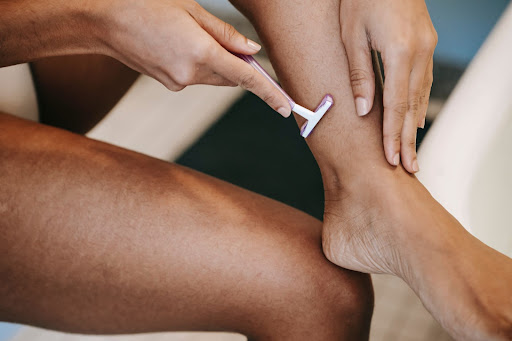Plenty of skin conditions have external causes, generally due to excess exposure to sunlight or not getting enough moisture. When our skin’s youthfulness is threatened by these outside factors, we feel confident that we can take direct action to combat them. Armed with sunscreen or moisturizer, we feel a degree of control over the health of our skin.
Stretch marks break this sense of control. They make us feel like our bodies are betraying us, no matter how good we take care of our skin. Stretch marks are also distressing in that they don’t have as clear a solution as other skin conditions. This blog will explore what causes stretch marks and what cosmetic steps you can take to deal with them, including fractora treatment.
What are Stretch Marks?
For those lucky enough to have never dealt with stretch marks, it’s a good idea to be able to identify them before they appear. This can sometimes be complicated because not all stretch marks look the same or have the same causes.
Generally, stretch marks can be recognized by a “streaking” pattern, differentiating them from wrinkles or other skin discolorations. Stretch marks can appear in various colors, including pink, red, purple, black, or blue.
Stretch marks most usually appear on the breasts, abdomen, hips, or buttocks but can potentially appear anywhere on the body. Streak marks are also incredibly variable in their scope – they can be small and discrete or expansive and highly visible.
What Causes Stretch Marks?
A stretch mark is actually a scar, similar to the one you’d get from a cut or other injury. They’re caused when the skin is stretched too quickly, damaging the collagen and elastin under the skin. As this damage heals, stretch marks then appear.
Often stretch marks are associated with the most dramatic stretching of the skin. Common causes of stretch marks include any of the following:
- Growth Spurts in Adolescence
- Rapid Weight Gain
- Rapid Weight Loss
- Muscle Gain From Exercising
- Pregnancy
- Breast Augmentation Surgery
- Buttock Augmentation Surgery
However, it’s not just the severity of the stretching at play. Some people are simply more predisposed to getting stretch marks than others or may have a genetic disorder that increases the risk. The hormone Cortisol can sometimes be the cause of stretch marks.
This hormone, created by your adrenal gland, tends to weaken your skin’s elasticity. If you take medication that includes Cortisol, this could increase your risk of getting stretch marks.
How Can I Get Rid of Stretch Marks?
Since stretch marks are a scar, you can deal with them like any other scarring. One of the most popular ways we deal with stretch marks at PSSC is through Fractora treatment. Using Fractora on stretch marks is one of the most sure-fire ways to help reduce their visibility.
Fractora (also known as Fractora Radiofrequency, or Fractora RF) uses pins to generate heat in your sub-dermal tissue. This helps restructure the collagen damaged when you receive the stretch marks. (The actual transmission of heat is through radiofrequency, which is why Fractora treatment is often referred to as Fractora RF).
Fractora treatment isn’t just for stretch marks. A variety of scarring and sagging can be combatted with Fractora treatment, including acne scars and wrinkles.
If you have questions about Fractora healing time or price, make sure to contact us right away. You can get a more youthful-looking visage, all while getting ready to deal with those stretch marks once and for all.

